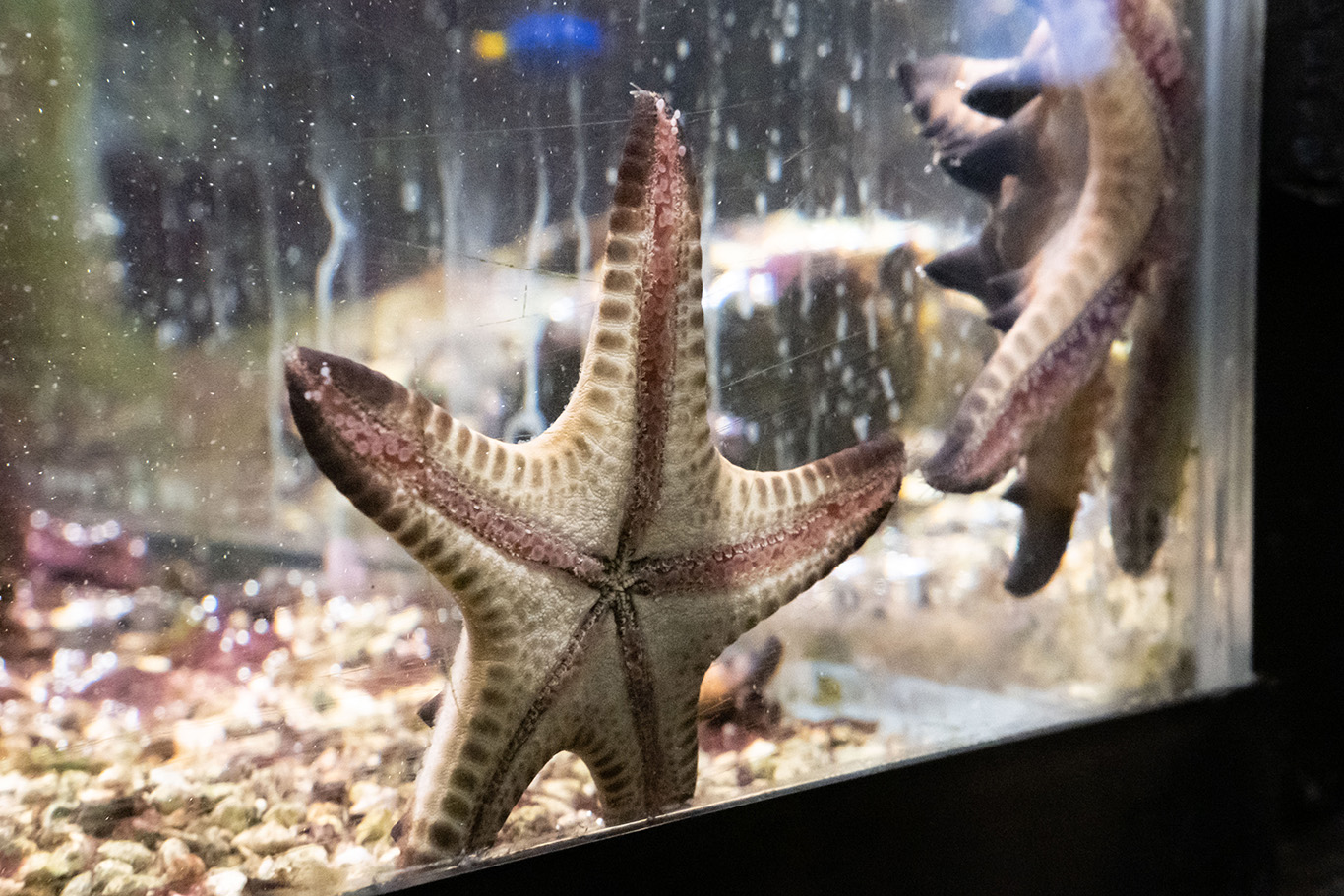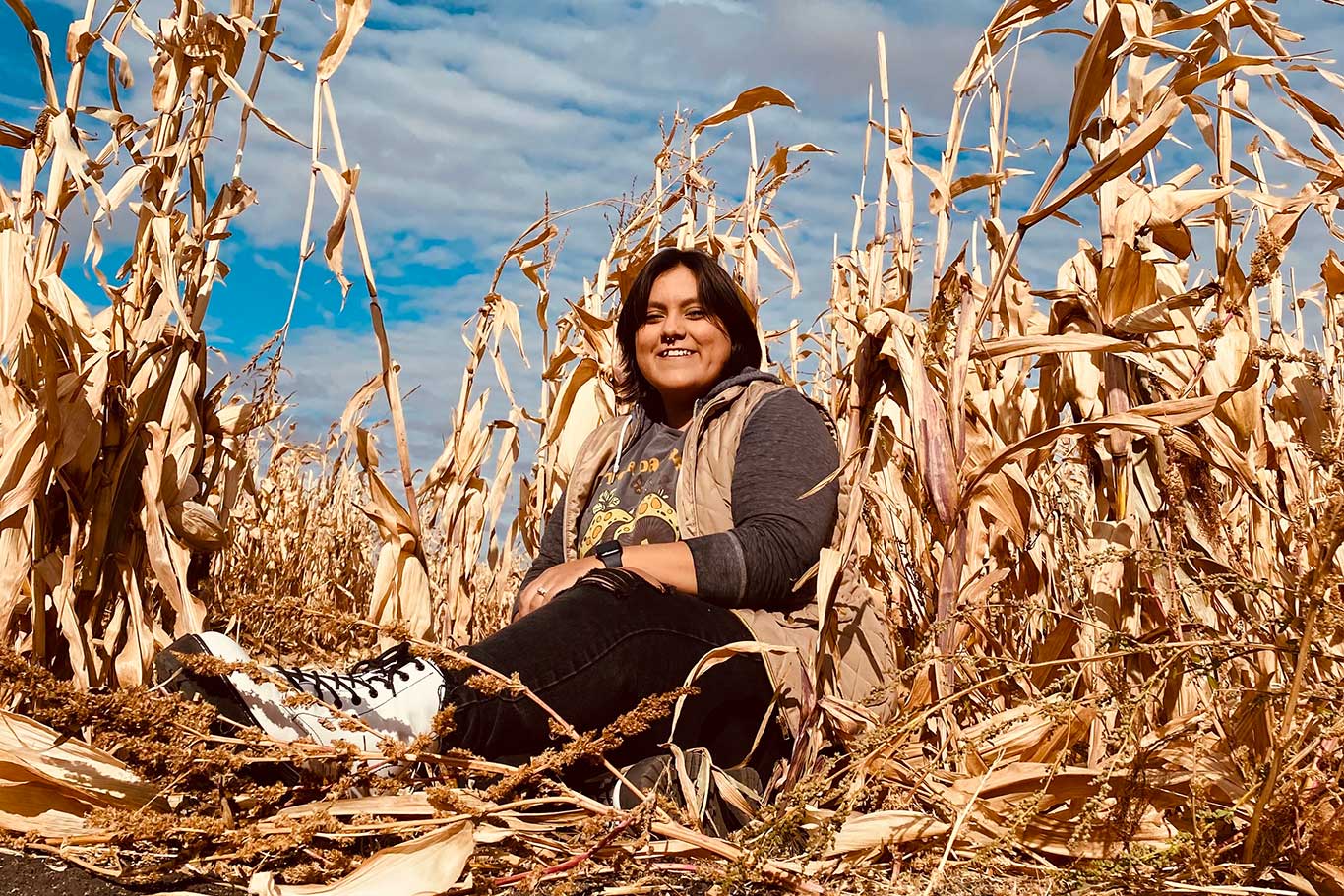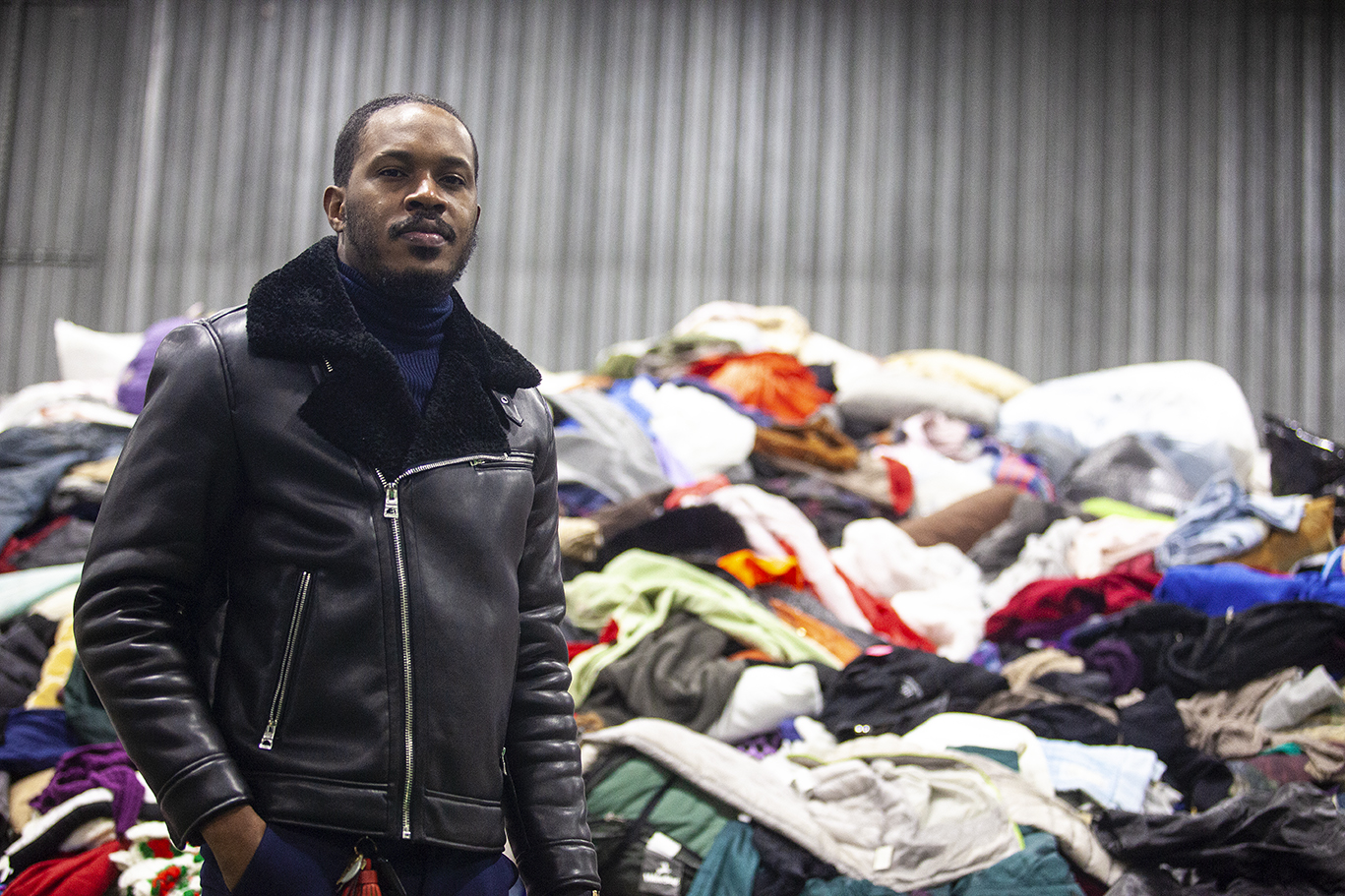A Sustaining Life
For nearly half a century, Dennis Jacobs, professor emeritus of Physics, Astronomy, and Sustainability, has demonstrated his commitment to improving our world by living sustainably. In his personal essay about creating a sustainable life, he responds to the question, “What can I do?”
I first started to be concerned about environmental issues in 1966. After receiving a degree in aerospace engineering from the University of Minnesota, I joined the Peace Corps and traveled the world. While stationed in Malaysia, I hiked into the jungle visited the aborigines. Even then we could see the jungles beginning to disappear because of large scale logging. The aborigines were very small people living in tribal groups that planted tapioca, hunted with blowpipes and poison darts and lived in complete harmony with their environment. That environment was quickly disappearing. I returned 30 years later and the jungles were almost completely gone and the aborigines were living alongside roads, trying to stay alive by selling trinkets to people in passing motor cars.
After returning to the U.S. I earned my teaching certifications and a master’s degree in science education at MSUM. I started teaching at a local high school when the Vietnam War winding down and much of the social unrest and energy from the anti-war movement was being channeled into the environmental movement. I began studying environmental issues and was the faculty advisor to the Environmental Club. Because of these studies and my experience overseas, I began to think that, as a civilization, we were heading in the wrong direction and within a century civilization would collapse. In 1970 I decided that teaching environmental issues was ok but I should also live a lifestyle that exemplified long-term sustainability.
I purchased 80 acres of wooded land northeast of Detroit Lakes, Minn., and began designing a living environment that was built from mostly recyclable material, using no fossil fuels for energy input, recycling all waste, and harvesting all local foods. The result was a geodesic dome built almost completely from materials from an old house I tore down, that used all solar and wood for heating, wind for electricity, had a huge garden area, harvested local wild rice and maple syrup, and once in a while would get a deer, grouse or fish for meat. I recycled almost everything and would have at most one garbage can full of waste in a year. I lived in this environment for three years in an almost completely sustainable lifestyle with virtually no negative impact on world ecosystems. Others would comment, “that's cool but I would/could not do that.”
I started a wind generator company during Jimmy Carter’s presidency, when the tax code favored the renewable energy industry. I designed, built, sold and installed various wind systems and the business looked promising until the tax code changed to favor the carbon industry. Most of the startup renewable energy businesses in the country went bottoms up, including ours. Around that time, I was in Washington, D.C. patenting some governing devices for our wind systems and had someone living in my dome.They were not familiar with the heating system and burned the dome down. I decided to take stock of my life and figure out what I would like to do with the rest of it.
I accepted a teaching position at MSUM that was almost and a perfect fit for me. I could still pursue my passion for renewable energy and sustainability while educating students in those areas and the process of science. I developed several classes for our liberal arts program dealing with energy, environmental issues, and long-term sustainability.
At this time I married Dr. Karen Branden, an MSUM psychology professor, who was also passionate about the environment. We decided to pursue a living environment that was similar to the one I designed in the 70s, but make it a little more bourgeoisie and attractive to the average American. We did not have a lot of money to start, so we built the basic structure to include elements most important in designing for sustainability—super insulation and energy storage. We then added the renewable energy and energy saving components as money became available. Over the next two and a half years we built a super insulated house that had an indoor swimming pool, which is a large thermal mass heat storage unit that contributes greatly to the heating of the house (and we can swim in it!). The pool was initially heated by an outdoor wood heater that used biomass (wood) to heat a working fluid, which transferred that heat to the pool.
Over the next 20 years we added a very large active solar system to heat the pool, a heat pump that took the heat out of the pool and heated the house, a photo voltaic system that supplies electricity to the house, a passive solar greenhouse that helps with food production and heats the house, a battery-powered electric van that is charged from the photo voltaic system, and I am just completing an electric airplane that is charged from the electric van and satisfies my addiction to flying. The overall design and technologies of the living environment works quite well. In the summer we about break even in our energy usage, with our power consumption about equal to our power production. In the winter we still use more than we produce, however that difference is diminishing each year as we become more efficient. It should nearly disappear if we install a small wind system. Much of our food is grown in our garden and greenhouse, and as we improve the greenhouse, that production will increase.
Approximately seven years ago, MSUM professors, students and staff formulated a sustainability plan for MSUM. The plan included developing a sustainability major, decreasing the carbon footprint of MSUM (making MSUM more sustainable), creating an outreach program to help the surrounding community become more sustainable. The sustainability program graduated its first major two years ago and continues to grow in popularity.
Thanks largely to Physical Plant Manager Jeff Goebel, MSUM is lowering its carbon footprint, mostly through efficiency gained in the heating and cooling systems and converting the buildings to smart technology. Because most of the campus buildings are quite old and poorly insulated, the pursuit of lowering our carbon footprint will continue over the next many years, but we have made a good start.
The area where improvement needs to be made is in the outreach program. We have a “sustainability” house that belongs to the university and we have plans to retrofit the house into a super insulated demonstration living environment that includes community sustainability workshops, demonstrations, an energy hot line, and certificate programs. The students paid for re-roofing the house and the administration paid for removing the asbestos from the house. We are hoping to find the remaining funding needed to complete the project.
In my presentations around the country I’m often asked two questions: ‘What can I do to help?’ And ‘What do you think will happen?’ When I work with young, idealistic students I am optimistic. Our carbon fuel consumption is not rising quite as rapidly, hybrid and electric cars are becoming the norm, more businesses are becoming “green”, few new coal power plants are being built in the U.S., hopefully meaningful results will come out of the Paris Climate talks, and we have a president who fully understands the consequences of climate change and is taking action to alleviate it.These are all good things.
That being said, in the area of climate change, around 2 degrees Celsius is about what the Earth can take without major upheaval of our civilization. This upheaval will include extreme weather patterns, increase in desertification, loss of crop/grazing land, collapse of governments, environmental refugees—all of which we are starting to see at this time in our history. We have increased global temperatures by 0.8 degrees Celsius in the last 100 years and it is rising extremely rapidly. Unless we take dramatic steps we will hit 2.7 degrees by the end of the century, which would be catastrophic for our civilization.
Climate change is just the tip of the iceberg of environmental issues. Other concerns include loss of biodiversity, highest extinction rate in approximately 50 million years, ocean acidification (which is also caused by excessive carbon production), overpopulation by humans, loss of habitat, desertification and other loss of cropland, general overall pollution, virtually every major ecosystem in the world is rapidly degrading. Very simply, we cannot survive as a civilization by continuing on the path we are going down.
In response to the question, ‘What can I do?’, I reply: do everything you can. Lower all consumption. Lower energy consumption. Recycle everything. Buy Green. Become informed. Accept what the scientific data a research tells us.
Finally enjoy being part of the solution, not the problem. So often during the past 40 years of trying to promote a sustainable future, I have felt like Sisyphus rolling the boulder up a hill only to watch it fall back down. I have learned over the years to not worry what other people do or expect, but only do what my wife and I can do and enjoy the process. We do not try to live by others’ expectations of what the “American Dream” should be (which usually means more and more stuff). We do not determine if something is “financially beneficial” but if it is “environmentally beneficial”. As a result we have built a wonderful living environment we thoroughly enjoy and that makes a much smaller negative impact on the Earth’s ecosystems.
This story was first published in Moorhead Magazine, Spring 2016.
Make Sure Your Story Is Heard
Let us know how your life has been changed by being a Dragon: tell us your MSU Moorhead story today!
Send Us Your Story


